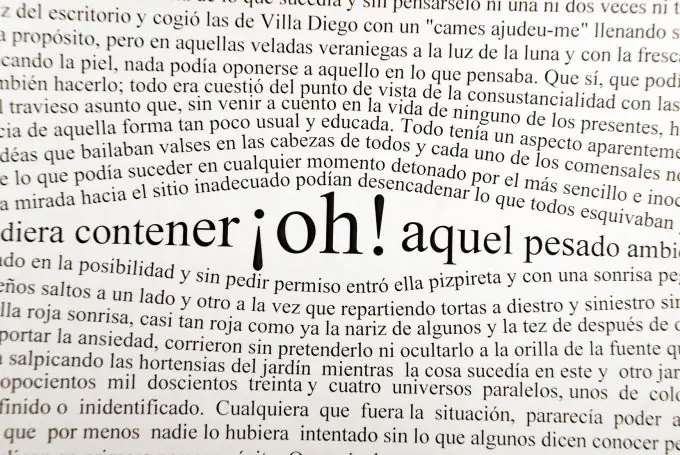- Author Lauren Nevill [email protected].
- Public 2023-12-16 18:48.
- Last modified 2025-01-23 15:15.
Technically, it is impossible to completely protect the text from copying. But it is quite possible to make life difficult for those who encroach on your original lyrics. There are also techniques to reduce the frequency of copying text. And there are legal aspects, the knowledge of which, although it will not protect against copying, will help you to prove your rights to the "hijacked" text.

Instructions
Step 1
Add a sign of authorship to the footer and a warning inscription: "All materials are property and cannot be copied" or "When using materials from this site, a link to the site (site name) is required." This inscription will not save you from copying, but it will stop the most "honest" content thieves.
Step 2
Copy blocking techniques. Paste the following into the page code:
body oncopy = "alert ('Site materials may not be copied'); return false;"
Then, when you try to copy the text in the Internet Explorer browser, the inscription “Site materials may not be copied” appears. This will scare off honest and inexperienced thieves.
More options: add the oncopy = "return false" attribute to the code and the text will also be impossible to copy from the browser. Alternatively, add the onselectstart = "return false" attribute to your code. In this case, the text will not be selected for copying. Adding oncontextmenu = "return false" will make it impossible to call the context menu. Be careful with these "additives". Search robots may find this code strange, which will negatively affect page indexing.
Step 3
Another way to protect text from copying is links to material. As soon as you have published an article, make an announcement with a link to it in LJ, Twitter, blogs, forums - wherever you think possible and necessary. Search engines will index your text as a priority, and in the SERP it will be higher than the copied one.
Step 4
Legally sound copy protection measures are as follows. Record the date the text was created: send the printed text to yourself by mail. Or document the generated text - this is the procedure used in large companies. Sometimes a notarization of the created text is required if it is of great value and there is a high probability of copying it. All this is done in advance, before the text is published on the Internet.
Step 5
If you find that your text is posted on someone else's resource, write letters with proof of your rights to the text to the owner of the resource, demand that the stolen content be removed. You may need to go to court to prove your rights and compensate for the damage caused by copying.






